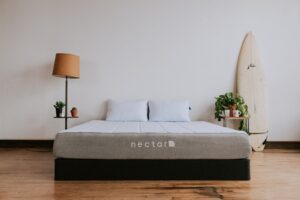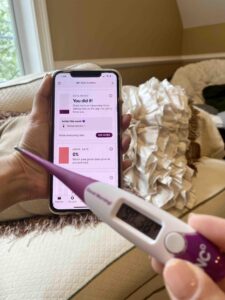27 July, 17

7 quick fixes: Buying for an eco-friendly home
By Kate Harveston
You can do your part to help conserve energy by swapping some of your most frequently used home products for their greener alternatives!
It’s true that every little bit helps, and you can make a difference by making some simple adjustments. These products work just as well as their less eco-friendly counterparts, so you don’t have to worry about compromising comfort and usefulness.
1. Biodegradable garden pots
Instead of starting seeds in plastic pots, consider using biodegradable pots. You can buy pots made from peat moss, paper pulp and even cow manure.
These pots are easier too because you can place the entire pot in the garden once it’s time to transplant. The material just decomposes and returns to the earth, leaving no waste behind!
2. Reusable water bottles
It’s been said time and again, but instead of buying water in plastic bottles and throwing them out after use, we really should begin opting to buy reusable bottles and drinking tap water. The truth is that bottled water is not any better for you, so there’s no excuse not to make the change.
Plastic bottles take hundreds of years to decompose in a landfill, and their production emits deadly toxins into the air. You’ll be doing a good service to the environment to ditch them altogether.
3. Eco dryer balls
Instead of using fabric softener sheets consider switching to eco dryer balls. These balls are meant to release less harmful chemicals into the environment because they are reusable. Softener sheets are generally thrown away after one use and end up in landfills where they just contribute to polluting our earth.
The benefits of these nifty dryer balls even extend beyond environmentalism. Many will last for up to 1500+ washes, and most bags come with 4-6 balls. Think of the money you’ll save by reusing these little guys instead of buying a new box of dryer sheets every month!
4. Drying rack
Going off of that, you can also cut back on using your drying machine and reduce energy costs by using a drying rack. Whether you choose to just use it for certain items or to avoid using unnecessary energy for smaller loads, it can actually save you loads of money.
This is also a good alternative to using an outdoor line because you can use them indoors in the wintertime.
5. Energy saving bulbs
Traditional light bulbs use a ton more energy than their energy-saving alternatives. Switching to CFLs, LED or halogens bulbs are better alternatives. Additionally, many environmental organizations and programs offer incentives for buyers who purchase eco-friendly products, so you may even be able to find great deals on these!
6. Low flow shower head
Low-flow shower heads help reduce water usage and waste. Consider changing yours for an energy-efficient model. You can also change out other fixtures in your home.
You can find toilets, faucets and other features that reduce the water you use in your home and help curb waste to reduce the negative impact on the environment. Investing in these types of items is a slightly more involved way to go a little greener in your home.
7. Composter
Small kitchen composters are ideal for your kitchen. Place vegetable peels and other biodegradable scraps in the unit and let it do its job. Once ready, you can use the compost inside to help nourish your garden.
You’ll have compost for your garden in a few weeks.
These simple product swaps can help you to not only save the environment, but also some money! Many people think “eco-friendly” and immediately think of overpriced lotions and organic foods. While the price tag on greener options can be higher sometimes (and they can still be worth it, mind you), it’s a little-known fact that that’s not always the case.
In fact, greener products, particularly technology-oriented ones, are often money-savers just based on the sheer cuts to energy consumption they’ll provide in your home over time. Anyone can make some of these simple changes and do their part for the environment.



